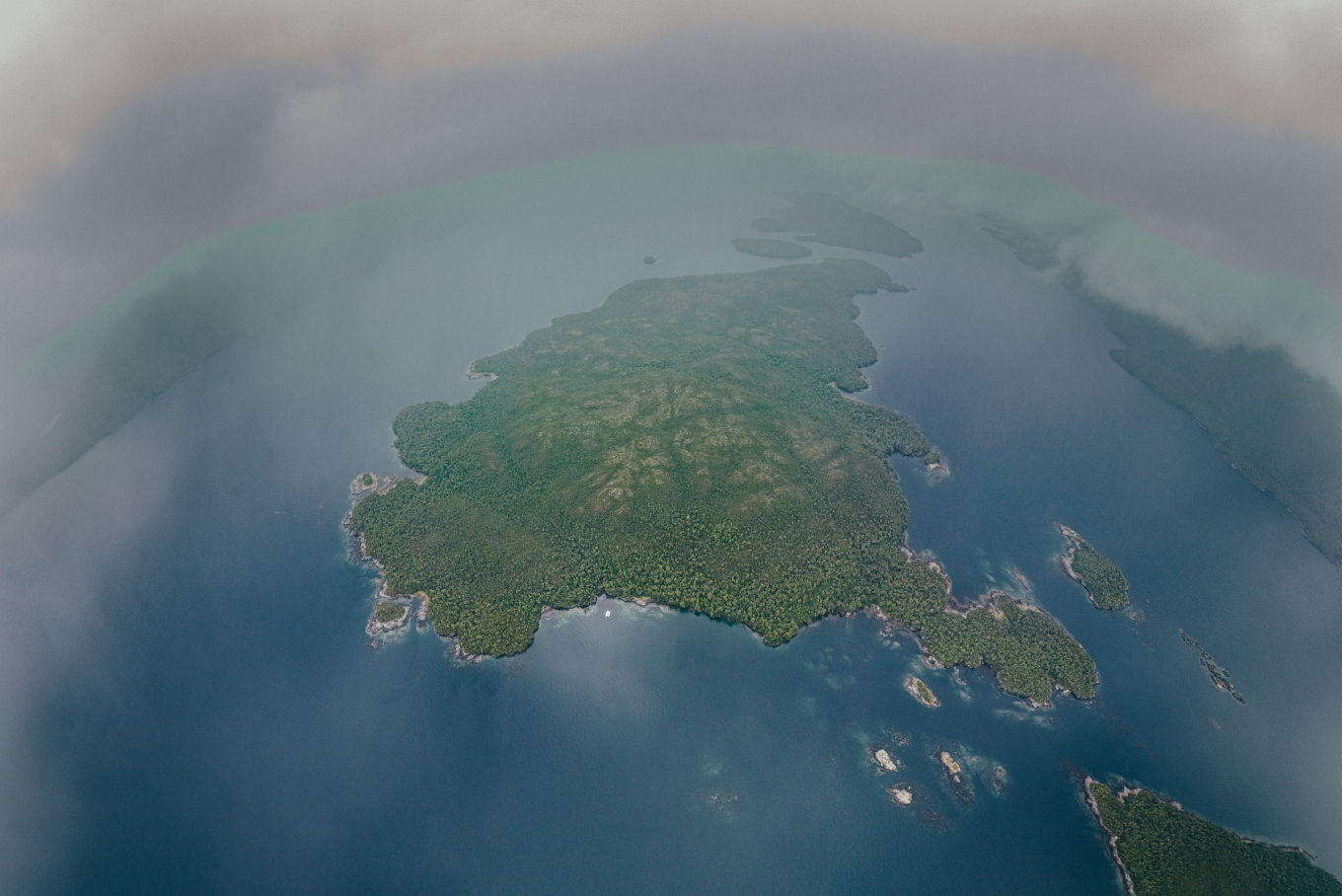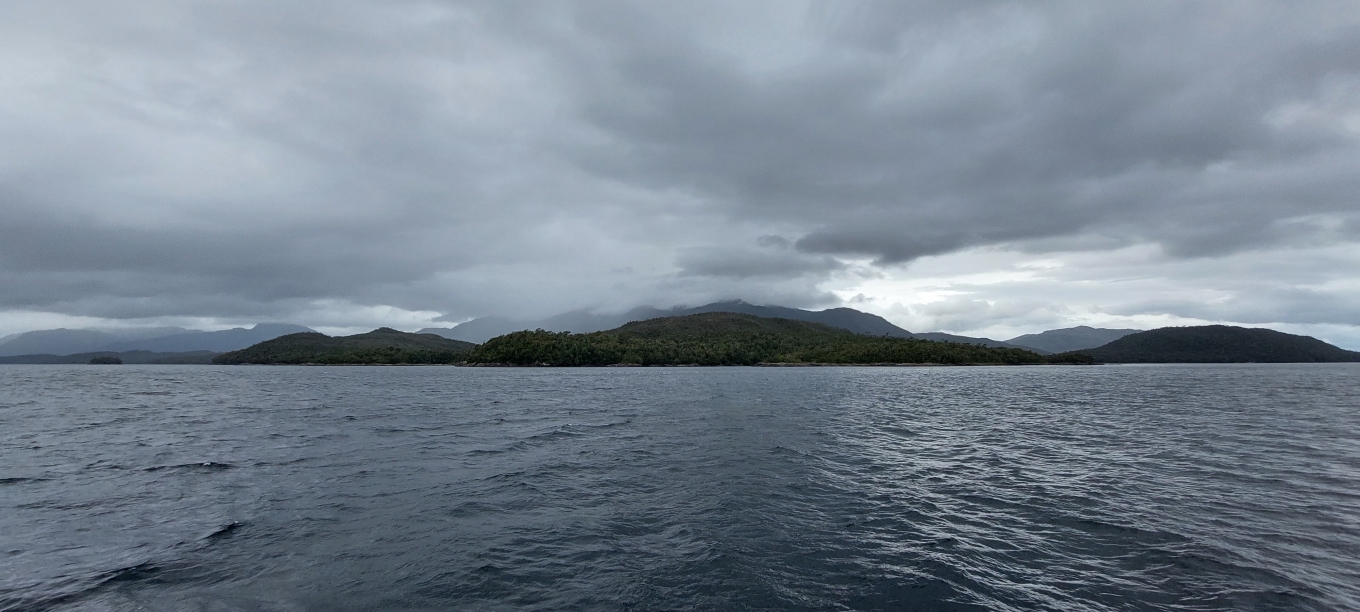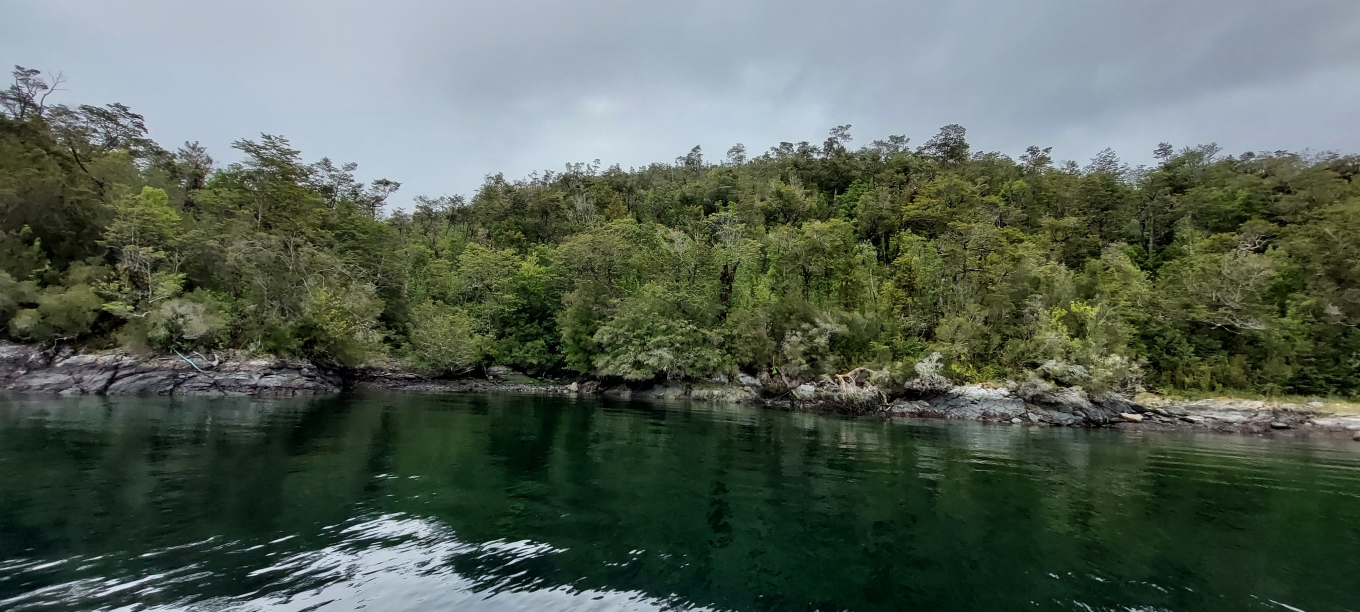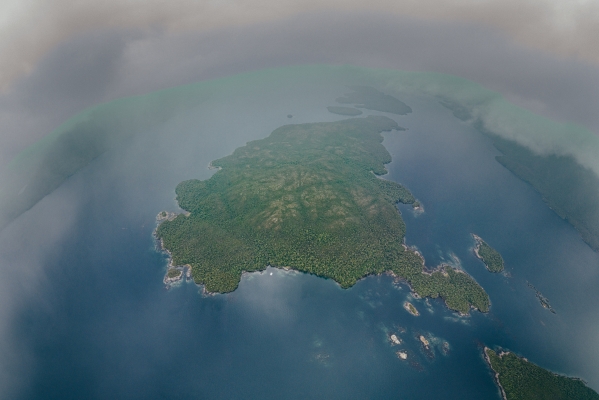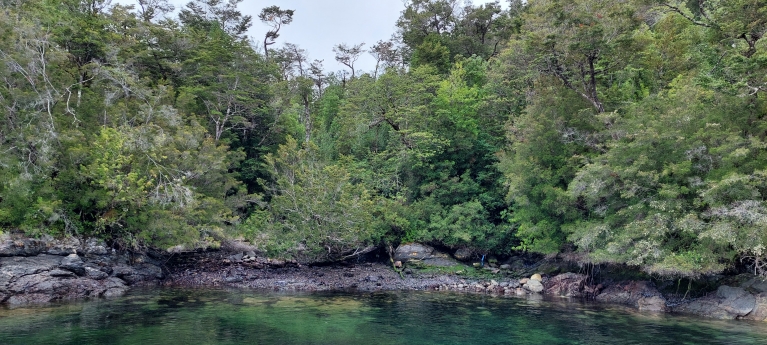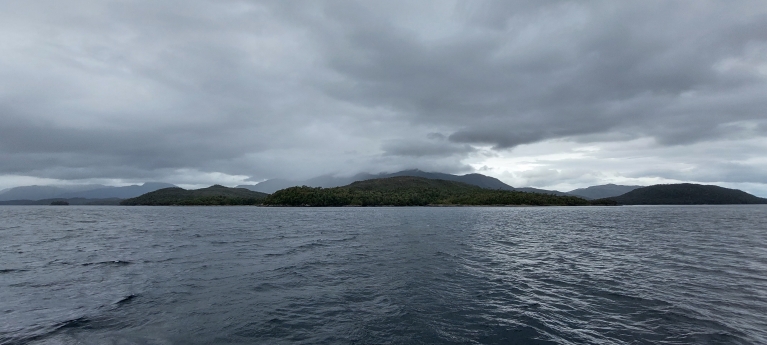Isla Florencia
Florencia Island, located in the heart of Patagonia, the Las Guaitecas National Reserve, 100% virgin, without infrastructure, a single owner, a single role. It does not have associated maritime concessions.
Access: From Puerto Aguirre: By air, from the La Paloma Aerodrome in Puerto Montt, on a 1 and a half hour charter flight you arrive at the Caleta Blanco airfield, in
Puerto Aguirre. From there it is 25 nautical miles that ...
Florencia Island, located in the heart of Patagonia, the Las Guaitecas National Reserve, 100% virgin, without infrastructure, a single owner, a single role. It does not have associated maritime concessions.
Access: From Puerto Aguirre: By air, from the La Paloma Aerodrome in Puerto Montt, on a 1 and a half hour charter flight you arrive at the Caleta Blanco airfield, in
Puerto Aguirre. From there it is 25 nautical miles that can be traveled in 4 and a half hours by sailboat.
- From Puerto Cisnes: By land from the Balmaceda airport (Coyhaique) in 4 hours you will reach Puerto Cisnes. From there there are 52 nautical miles that are traveled in approximately 9 hours by sailboat.
It is part of the Los Chonos archipelago and was the first protected wildlife area created in Aysén and one of the oldest in Chile. It has an area of 1,097,975 hectares, which currently makes it the largest national reserve in the country.
It is located in the province of Aysén, it includes part of the communes of Cisnes and Aysén, in the central north sector of the Aysén coast, it includes part of the Los Chonos archipelago and the Las Guaitecas archipelago. Some of the islands that make it up are: Forsyth, Level, Tahuenahuec, Benjamín, Cuptana, Jorge, Teresa, Ipún, James, Williams, Melchor, Kent, Lemu, Isquiliac and Victoria.
In its waters, educational activities, adventure tourism, research, artisanal fishing, diving and boat transit to or from Magallanes are carried out.
Climate: It has a temperate humid climate with island characteristics, characterized by high semi-annual rainfall, which fluctuates between 2,000 and 4,000 mm and more. Depending on the geographical location, there is a water surplus all year round, which fluctuates between 100 and 340 mm, depending on the month. The luminosity is low and there is a strong oceanic influence, which acts on the temperature regime, smoothing the daily and annual oscillations. The average temperature in January fluctuates between 10 and 13 °C, while in July it ranges between 4 and 7 °C.
Flora: It contains the vegetation formations of evergreen forest with peat bogs of Los Chonos, composed of: Guaitecas cypress (Pilgerodendron uviferum), Chiloé coigüe (Nothofagus nitida), tepú (Tepualia stipularis), tineo (Weinmannia trichosperma); and the evergreen oceanic scrublands, with Chiloé coigüe (Nothofagus nitida), tepú (Tepualia stipularis) and sharp-leaved mañío (Podocarpus nubigenus).
Wildlife: Because it is an island unit, there are seabirds of the penguin family (Spheniscidae), petrels (Procellariidae), cormorants (Phalacrocoracidae), ducks (Anatidae), plovers (Charadriidae) and seagulls (Laridae), while for The terrestrial species include chucao (Troglodytes aedon), thrush (Turdus falcklandii), kingfisher (Megaceryle torquata), thrush (Curaeus curaeus) and cachaña (Enicognathus ferrugineus).
Among the mammals, both marine and terrestrial, it is possible to find: common fur seal (Otaria flavescens), fur seal (Arctocephalus australis), chungungo (Lontra felina), coypu (Myocastor coypus), güiña (Leopardus guigna) and pudú (Pudu puda).
Florencia Island, located in the heart of Patagonia, the Las Guaitecas National Reserve, 100% virgin, without infrastructure, a single owner, a single role. It does not have associated maritime concessions.
Access: From Puerto Aguirre: By air, from the La Paloma Aerodrome in Puerto Montt, on a 1 and a half hour charter flight you arrive at the Caleta Blanco airfield, in
Puerto Aguirre. From there it is 25 nautical miles that can be traveled in 4 and a half hours by sailboat.
- From Puerto Cisnes: By land from the Balmaceda airport (Coyhaique) in 4 hours you will reach Puerto Cisnes. From there there are 52 nautical miles that are traveled in approximately 9 hours by sailboat.
It is part of the Los Chonos archipelago and was the first protected wildlife area created in Aysén and one of the oldest in Chile. It has an area of 1,097,975 hectares, which currently makes it the largest national reserve in the country.
It is located in the province of Aysén, it includes part of the communes of Cisnes and Aysén, in the central north sector of the Aysén coast, it includes part of the Los Chonos archipelago and the Las Guaitecas archipelago. Some of the islands that make it up are: Forsyth, Level, Tahuenahuec, Benjamín, Cuptana, Jorge, Teresa, Ipún, James, Williams, Melchor, Kent, Lemu, Isquiliac and Victoria.
In its waters, educational activities, adventure tourism, research, artisanal fishing, diving and boat transit to or from Magallanes are carried out.
Climate: It has a temperate humid climate with island characteristics, characterized by high semi-annual rainfall, which fluctuates between 2,000 and 4,000 mm and more. Depending on the geographical location, there is a water surplus all year round, which fluctuates between 100 and 340 mm, depending on the month. The luminosity is low and there is a strong oceanic influence, which acts on the temperature regime, smoothing the daily and annual oscillations. The average temperature in January fluctuates between 10 and 13 °C, while in July it ranges between 4 and 7 °C.
Flora: It contains the vegetation formations of evergreen forest with peat bogs of Los Chonos, composed of: Guaitecas cypress (Pilgerodendron uviferum), Chiloé coigüe (Nothofagus nitida), tepú (Tepualia stipularis), tineo (Weinmannia trichosperma); and the evergreen oceanic scrublands, with Chiloé coigüe (Nothofagus nitida), tepú (Tepualia stipularis) and sharp-leaved mañío (Podocarpus nubigenus).
Wildlife: Because it is an island unit, there are seabirds of the penguin family (Spheniscidae), petrels (Procellariidae), cormorants (Phalacrocoracidae), ducks (Anatidae), plovers (Charadriidae) and seagulls (Laridae), while for The terrestrial species include chucao (Troglodytes aedon), thrush (Turdus falcklandii), kingfisher (Megaceryle torquata), thrush (Curaeus curaeus) and cachaña (Enicognathus ferrugineus).
Among the mammals, both marine and terrestrial, it is possible to find: common fur seal (Otaria flavescens), fur seal (Arctocephalus australis), chungungo (Lontra felina), coypu (Myocastor coypus), güiña (Leopardus guigna) and pudú (Pudu puda).

